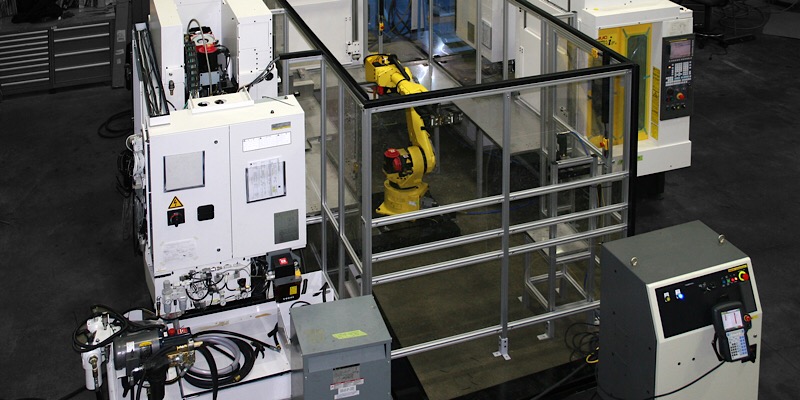Posted on: April 30th, 2019, | By Will, WayKen Marketing Manager
At the pinnacle of modern production are the intelligent manufacturing systems. They are fine-tuned for a flexible demand of parts to be machined and can be reset quickly in order to produce the ever-changing demands of the customers. True rapid machining is only possible with those systems. However, the original installation and set- up of all the components is very complex. Today we are going to discuss jigs & fixtures systems for smart manufacturing solutions but first, let’s look at the current condition of this tech.
Intelligent Manufacturing Today
Intelligent manufacturing is one of the inseparable parts of the Industry 4.0 theory. Smart Manufacturing Market today is still at its development stage because the concept is still being perfected. However, it is expected that the market is going to boom as soon as the technology obtains enough solutions. The smart manufacturing systems really fit the demands of the modern customer of rapid manufacturing small batches or even single customized parts at the shortest notice. Right now, there is a number of solutions that automate the rapid machining module to a large extent. The automation of the machine tool is easy. You just have to load the necessary NC programs into it in the right order.
Now, loading and unloading parts and fixing them in the correct position is the real issue. If loading and unloading are done with robotic arms, fixing the part in the correct position while it’s being machined is the prerogative of jigs tools. The main issue here is that the parts processed by an intelligent manufacturing system must be different.
Why is It Necessary to Create Smart Clamping Systems
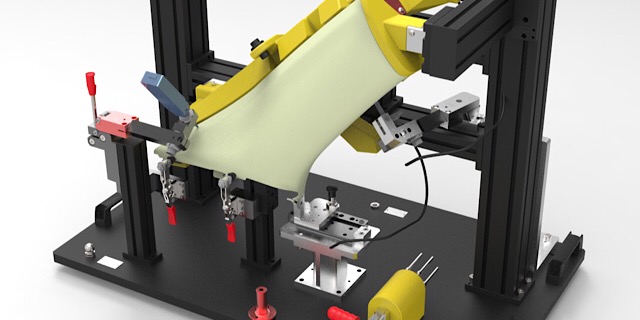
A typical intelligent manufacturing system consists of the machine tool, cutting tool, blank piece ( or part at the end of the process), jigs and fixtures, a loading mechanism, bunkers that contain parts and blanks, and a set of different control sensors to coordinate the whole system.
The typical cycle consists of the following actions. The robotic arm takes the blank piece from the bunker and sets it onto the jig tool. The fixtures clamp the part in place and the machine tool starts up. Once the rapid machining is done, the fixtures unclamp and the robotic arm unloads the part and puts it in another bunker. Now, the process seems easy and why is the setup stage considered complex?
The main reason for that is that the system may have to manufacture completely different parts. Small and cylinder first, then some plate, then a crankshaft. Each of those parts requires specialized clamping. Intelligent clamping solutions can solve this issue to some degree. Robotics allows us to create adjustable jigs and fixtures. That way they can clamp a whole set of similar parts.
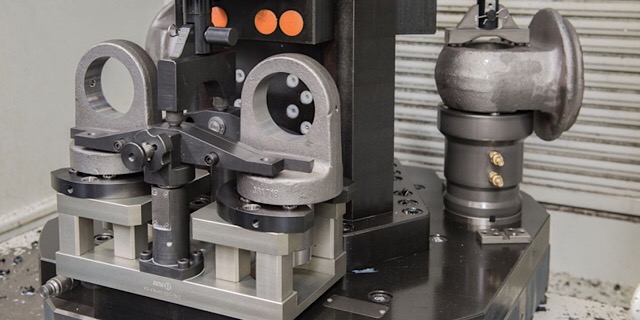
Jigs & Fixtures for Intelligent Manufacturing
First of all, let’s make it clear what the difference between jig and fixture is the possible movements. Well, jigs are used to limit the blank in the working zone of the machine tool. For example, they include stoppers that can prevent horizontal movement of the part on the working table of a mill. Fixtures are special tools that fix the part in place. For example, a bolt and a special nut comprise a fixture if you use them to fasten the blank. At WayKen, we specialize in Quick-turn, precision CNC machining service that works best for rapid prototyping, forming and fit testing, jigs and fixtures, and functional components for end-use applications.
There are a lot of different types of Jig and Fixture mechanisms. The simplest and the most flexible Jig and Fixture include a number of standard blocks that can be assembled together using bolts. You can use them like LEGO and get a lot of different configurations. However, it takes a lot of time to assemble such fixtures. Another flexible way to set up parts is to buy universal standard clamps, chucks, and so on. This is efficient for manual machining because the operator can check the setup and fix it if anything goes wrong. However, a smart manufacturing system needs an automated flexible jig tool.
The Main Stages of Jig and Fixture Design for Smart Manufacturing Systems
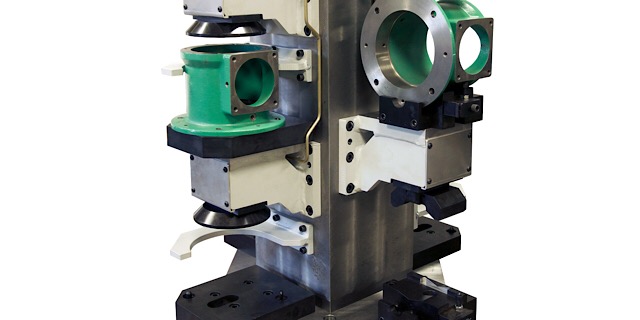
Designing jigs and fixtures for intelligent manufacturing is a complex process. It may often be harder than the development of the product that will be manufactured on the designed jigs. There is a number of main stages you need to complete in order to get the desired CNC fixturing tool.
- Choosing the base surfaces. By the way, if you can, it is possible to have a number of base surface sets in one system thus making it even more flexible.
- Choosing the adjustment interval. Here you basically state how smart your system will be. The more variable and the larger the interval, the more sophisticated the tooling will be.
- Choosing the fixtures.
- Choosing the fixture mechanism. The automated systems can use an electric drive, pneumatic drive, hydraulic drive, or a mixed kind of drive. The choice mostly depends on what kind of drive the machine tool uses. However, certain specific tools need their own drives. For example, vacuum fixture designs can only work on pneumatic drives and magnet tooling must use electric drives.
- Designing the whole assembly. This is where you design all the parts and determine the exact cycle of the fixture work.
- Programming the tooling. In order to be automated, the drives are controlled by a special NC program that has to be made for every system from scratch.
- Preparing to manufacture
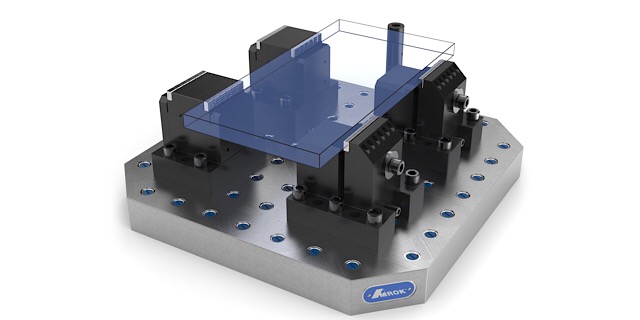
Why Developing Fixtures is Important
Intelligent adjustable clamping systems have a lot of advantages that make it worthwhile a considerably long and complex development and manufacturing process.
- They reduce the cost of manufacturing. A well-built intelligent jig tool can substitute a whole bunch of simpler clamping mechanisms.
- They exclude the operator from the process. It is important for smart manufacturing systems to operate automatically and intelligent clamps ensure that even resetting the system for another batch can be completely robotic.
- They save time. The most time-consuming process in rapid machining is the setup of the system for a different batch of parts. Since the intelligent clamping system is adjustable, you can machine a lot of different parts without the need to change the tooling. You just have to watch out for the parts to be within the boundaries of adjustment.

